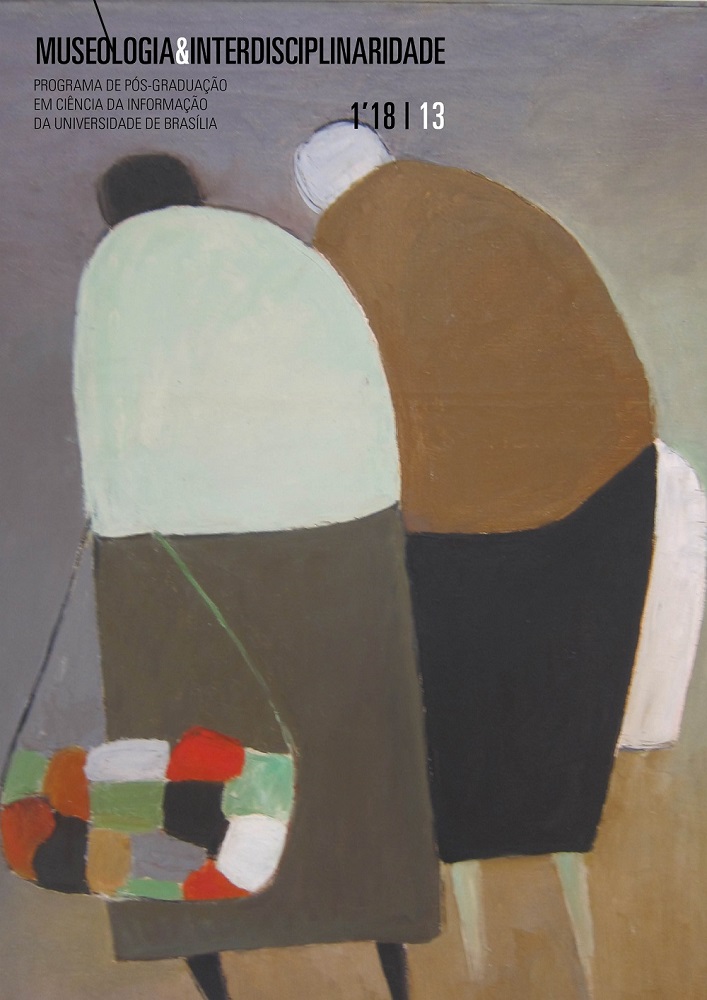Feminismo, arte e a representação da mulher negra
DOI:
https://doi.org/10.26512/museologia.v7i13.17788Keywords:
Art, Feminism, Race, Women, GenderAbstract
A recent exhibition featuring works by the collective Guerrilla Girls at Masp [Museu de Arte de São Paulo], has brought renewed attention to gender issues in the art field. The theme is related to the female presence in institutional contexts, the production of women artists and the discourse of art history. When we add factors
related to ethnicity, it is necessary to consider the variables imposed by the experience of black women in the diaspora. The article deals with contextual issues, refers to emblematic works of the nude tradition to facilitate the observation of the displacements brought about by the feminist production of the 1970s in the United States. Works of African-American female artists are then approached to exemplify the specificity demanded for a gender perspetive that can encompass race accordingly, considering a diversity of heritage and experiences.
Downloads
References
BEY, Dawoud, and Carrie Mae Weems. Carrie Mae Weems. BOMB, no. 108, 2009, pp. 60”“67. JSTOR, JSTOR, www.jstor.org/stable/40428266.
BROUDE, Norma, and Mary D. Garrard. The power of feminist art: The American movement of the 1970s, history and impact.(1996).
CLARK, Kenneth. The Nude: A Study in Ideal Form: A Study in Ideal Form. Princeton University Press, 2015.
JACOBS, Emma. “What’s to be said” for Laure: Reconceptualizing the Maidservant in Manet’s Olympia.” (2015). digitalwindow.vassar.edu
O’GRADY, Lorraine. Nefertiti/Devonia Evangeline. Art Journal, vol. 56, no. 4, 1997, pp. 64”“65. JSTOR, JSTOR, www.jstor.org/stable/777725.
WITHERS, Josephine. The Guerrilla Girls. Feminist Studies 14.2 (1988): 285-300.


